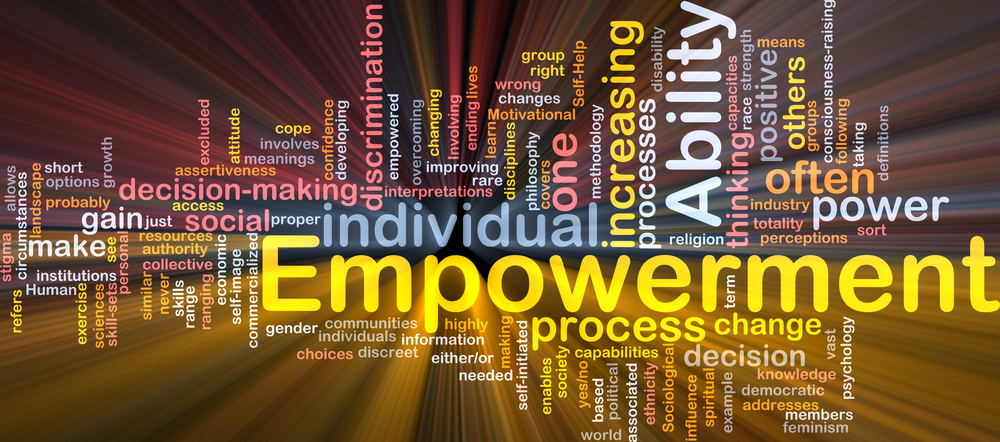
Empowerment: What does it mean?
Nov 23rd
Empowerment, like communication, often stands as a proxy for what the organisation is unhappy about. Feedback and staff surveys scoring low on empowerment or communication are a serious matter for the business, because they point to disengagement in the workforce. And disengagement means people not giving their best efforts to achieve the aims of the business: bad news. But it’s only by digging beneath these findings that the business can discover what they actually mean, what’s really going on that is damaging performance and reducing the capability of the business to achieve results –and by understanding what’s going on, work out where and how to target action to improve matters.
Ten years ago, the most common organisational complaint was about ineffective internal communication. The knee-jerk response from managers was often to introduce more communication products and more channels, filling people’s inboxes with newsletters and senior manager’s blogs. Unsurprisingly, communication ratings didn’t improve as a result – because, as we found, what people were really asking for was more (and better quality) face to face, two-way communication and dialogue – essentially, more and better engagement. Today, this is better understood, and measures of engagement get closer to true organisational concerns.
Now, we find ourselves listening more often to clients concerned about organisational reporting of low levels of empowerment. This raises difficult issues of power and control. As one senior manager bluntly put it, ‘If people think we’re going to devolve budgets to teams under the current financial pressures, they’ll have to think again.’ On the other hand, senior managers worry that even exploring issues of empowerment risks unacceptably raising people’s expectations. But employees are generally reasonable, and power over business-critical budgets isn’t what they’re typically after. Addressing legitimate business concerns about low levels of empowerment can be
a much less fraught business than many managers think.
Investigating issues of empowerment reveals two broad areas
for action:
1) The right systems and processes that help people to do their jobs effectively
and don’t get in the way or generate wasted work
2) The right behaviour at all levels, a culture in which everyone is treated with
consideration and respect, and their contribution is visibly valued.
Most organisations have made more progress on the first than the second. But requiring common courtesy and listening skills in every meeting– especially those where people are on the spot, such as taking a paper to the Board – can make an immediate shift to reported levels of empowerment. Workshops with actors are often a good way to do this – light-touch and fun, but with a powerful and memorable impact.
This article is filed under: Empowerment, organisational performance

